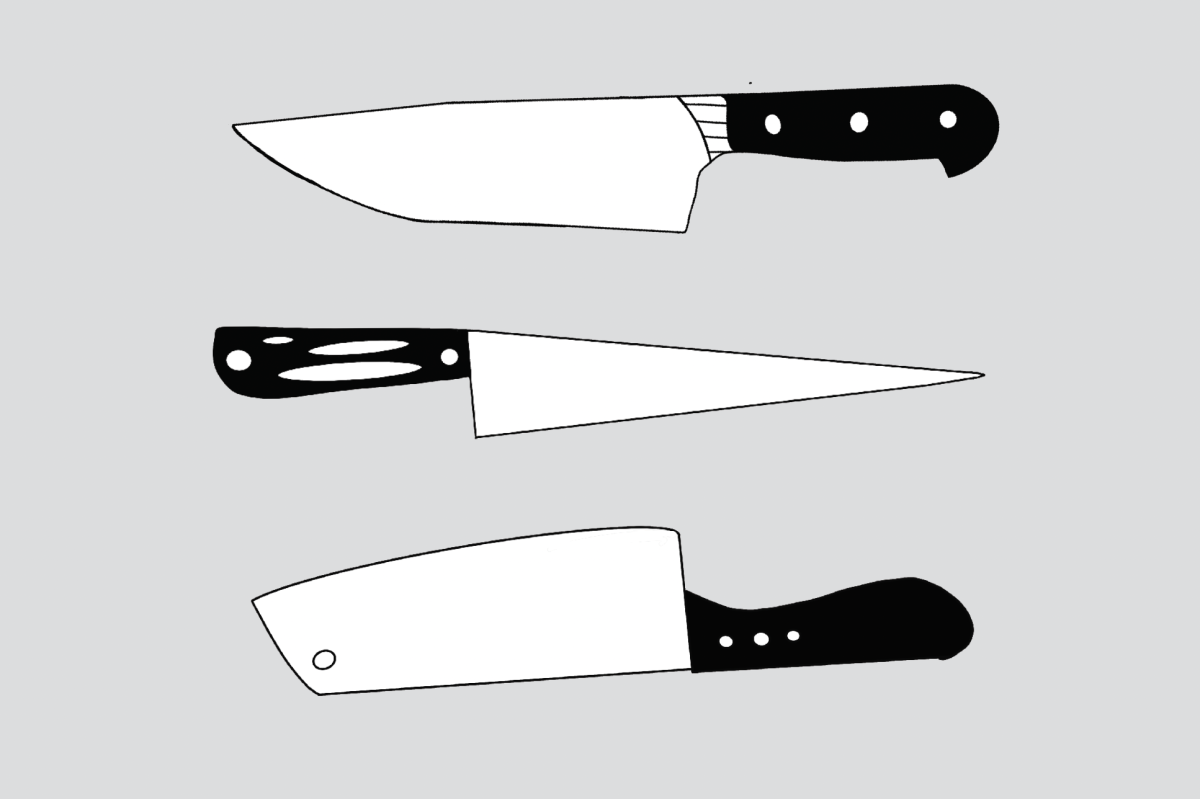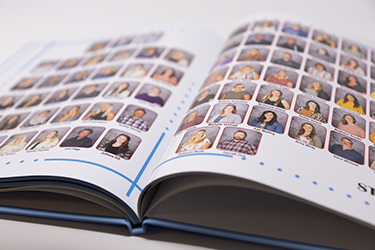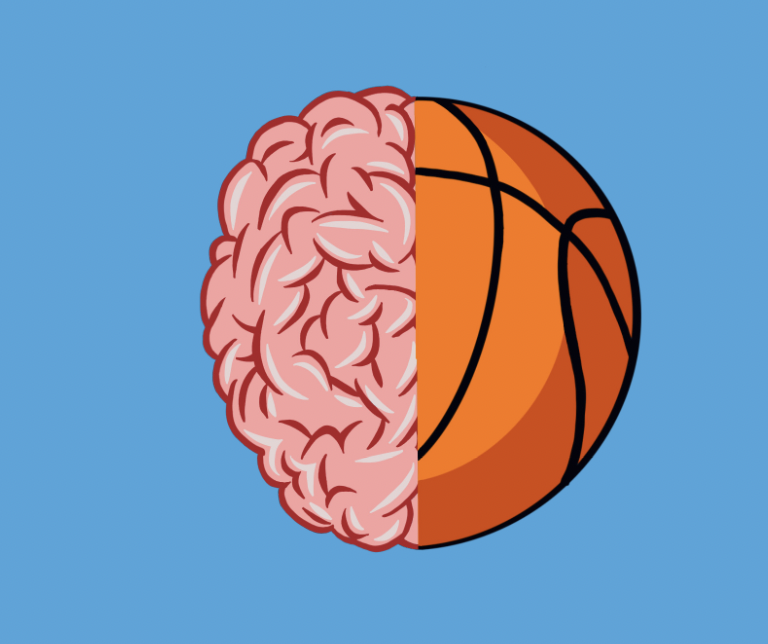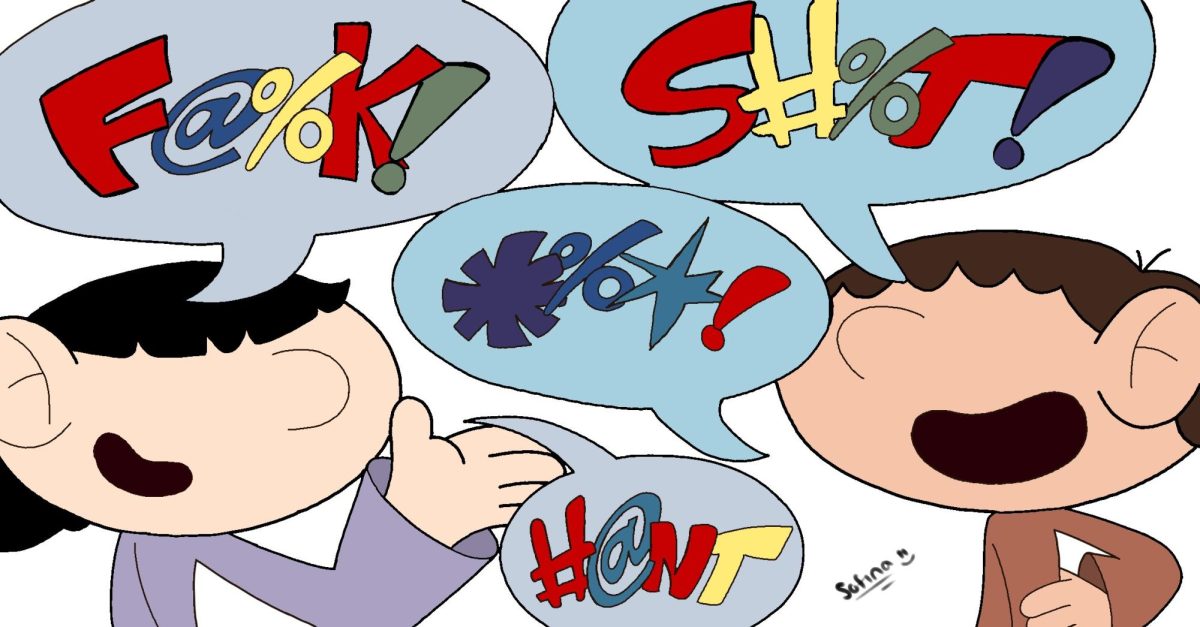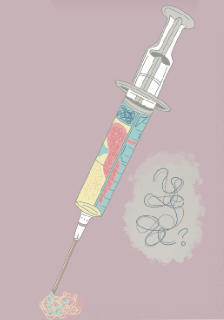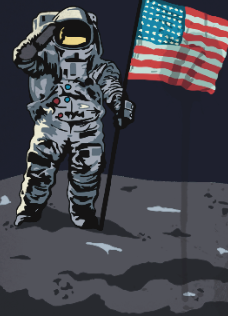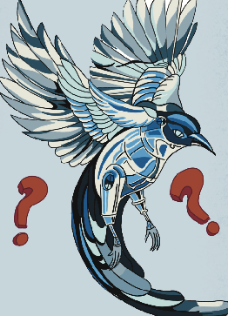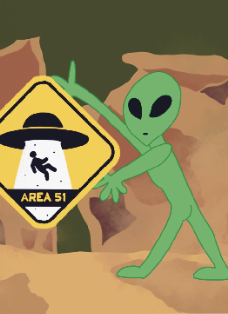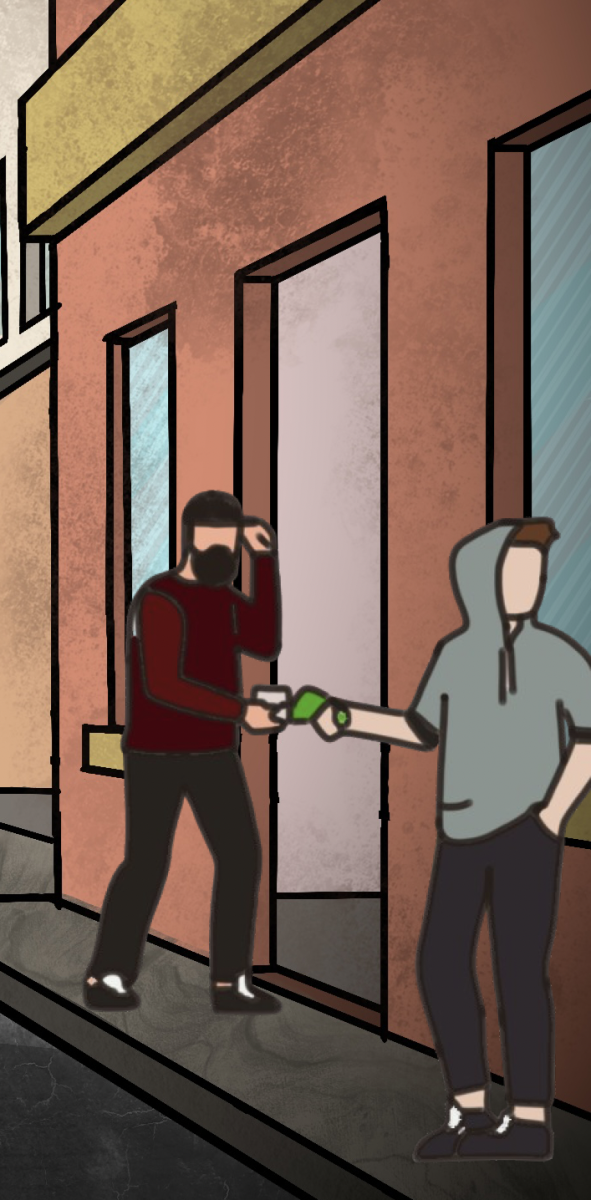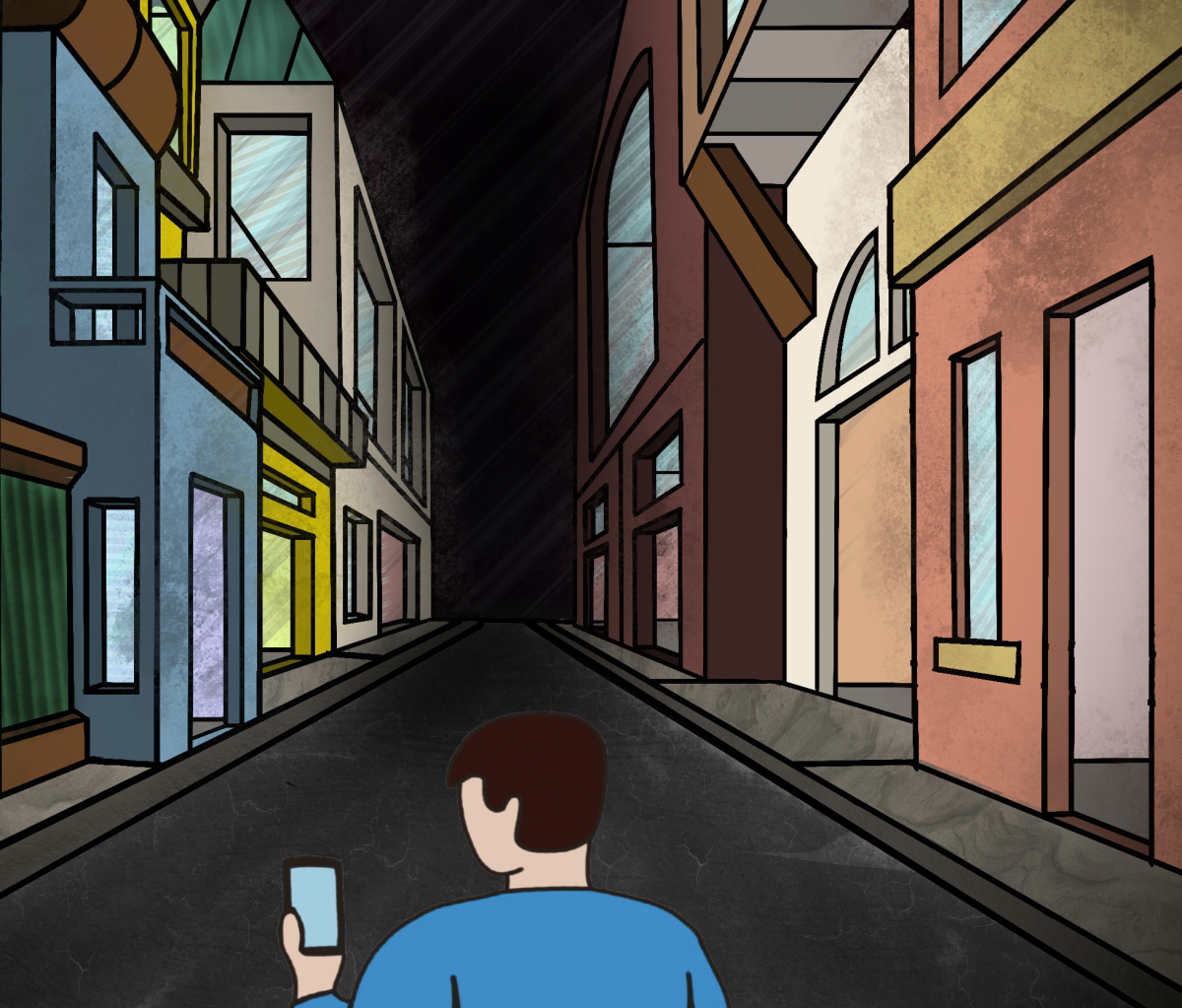A phobia is a type of anxiety disorder that is persistent, unrealistic and excessive. More than 15% of people in the world have a phobia, yet many are not knowledgeable on the topic.
For example, one of the most common phobias is claustrophobia, the fear of confined spaces. To claustrophobes, a simple elevator might seem like an ever-shrinking, oxygen-depleting chamber of death. As one can imagine, phobias can affect people’s daily life immensely, some more than others. This begs the question, what causes these debilitating phobias to occur?
Phobias venture into many different categories, making them difficult to understand. One of the most common situations that can trigger a phobia is a previous bad experience. Many of them come from traumatic events, often ones that occurred during childhood. These can lead to post-traumatic stress disorder, or PTSD.
“There’s often an instigating event of some sort that might make somebody have a specific phobia,” FHS school-based therapist Deirdre Louie said.
In addition to bad experiences, phobias can come from anything. They are sometimes rooted from specific fears. For example, let us say a student at FHS has a fear of heights, and is peer pressured into getting on a roller coaster that reaches 300 ft. Just as she gets ready for the drop at the very climax of the ride, it stops. Suddenly her fears begin to intensify. She ends up getting down safely, but her fear of heights has gotten much worse, she can not even look at a building without her heart dropping. Her fear just became a phobia.
The psychology of phobias is intriguing due to the difficulty in finding their cause. Currently, researchers use neuroimaging techniques like MRIs and PETs to investigate the cause of phobias. Although scientists do not have a comprehensive conclusion of the psychology behind phobias, they do have a theory: the amygdala, a small structure in the middle of the brain’s temporal lobes, could be the cause. Researchers used electrodes to record electrophysiological activity in rat brains while placing rats in situations where they felt threatened or scared. After multiple tests, scientists were able to pinpoint the exact location fear originates in the brain. They concluded that there are two pathways leading to the amygdala, and a malfunction in those pathways can contribute to the development of phobias.
Phobias are a mysterious topic that many are unfamiliar with. From spiders to clowns, these anxiety disorders can have any subject, no matter how unreasonable. This characteristic adds to their mystique, making discovering their cause all the more alluring. Whether the exact cause of phobias will ever be pinpointed is unsure, however, fortunately there are various treatments in place today to improve the quality of life for victims of serious phobias universally.


